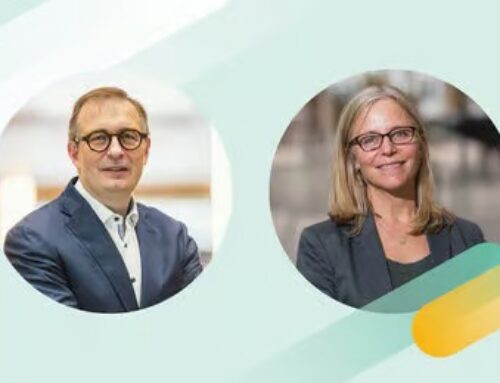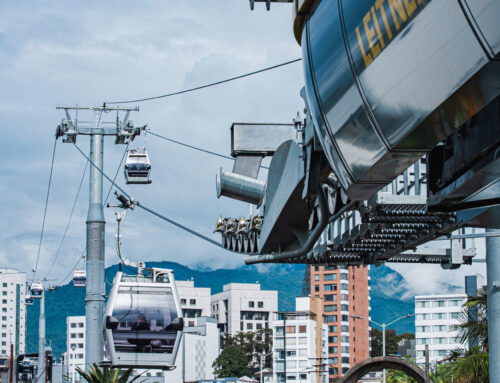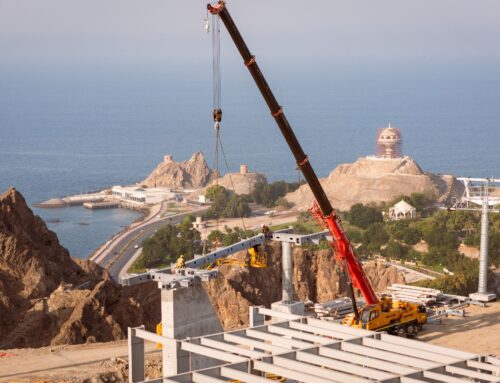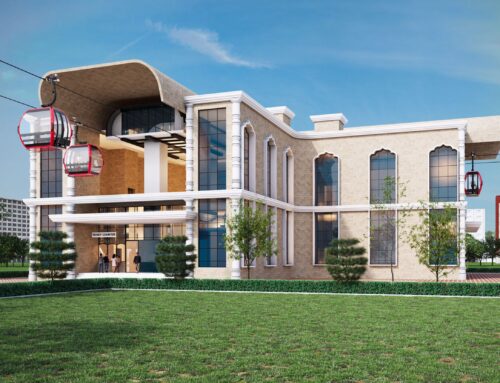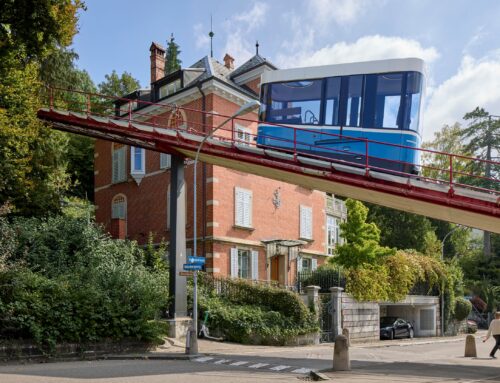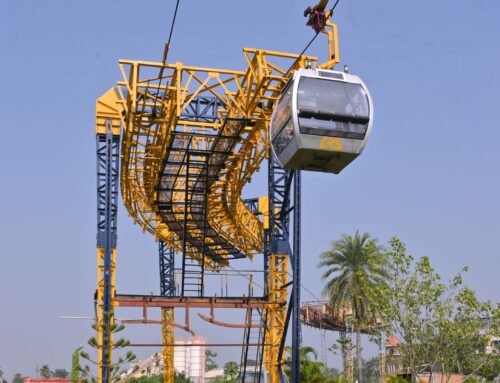
Cities
Cable car in Cologne: A new attempt – possible routes and costs
The Technical University of Cologne and the think tank Urban Netways presented the results of their joint work, which involved guiding and providing expert support to students in the field of municipal transport planning.
The goal was to explore the integration of modern cable cars into the overall public transport network. Based on existing and publicly discussed proposals, such as the “Rheinpendel”, as well as on new and additional analyses, the students developed potential route alignments. The stations were also planned.
A cable car network for downtown Cologne
Eric Schweden, Bachelor of Engineering in Civil Engineering, examined the technical feasibility of cable car connections for downtown Cologne as part of his thesis and a practical project.
The proposed cable car network consists of a north-south axis running from the Zoobrücke via Deutz to Ubierring, as well as an east-west axis between Cologne Central Station and the trade fair grounds. In addition, there is a branch route connecting the Bastei and Ebertplatz.
The system covers a total route length of approximately 7,300 meters with 16 stations along the Rhine. The chosen alignment primarily follows existing transport routes, public areas, or green spaces.
 An innovative approach involves guiding the cable car on a rail-mounted track between the Deutzer Freiheit and Severinsbrücke stations, allowing it to follow the winding street layout.
An innovative approach involves guiding the cable car on a rail-mounted track between the Deutzer Freiheit and Severinsbrücke stations, allowing it to follow the winding street layout.
Travel time calculations show that the proposed cable car lines could reduce journey times by up to 25 minutes compared to the current public transport system. The cabins are planned to operate at 30-second intervals.
According to the project, the potential cable car could cost around €200 million, placing it in a similar range as the two planned pedestrian and cycling bridges at Ubierring and Bastei, which have a total cost of approximately €160 million.

A potential cable car in downtown Cologne:
Overview with location and service areas.
Station architecture for downtown Cologne
Architecture student Lucy Giebat designed two urban cable car stations for the city of Cologne as part of her master’s thesis. There are minimal stations, which solely ensure mobility, and extended stations, which accommodate additional everyday needs.
During the day, the focus is on passenger traffic; at night, on logistics. The modular design system allows for flexible adaptation of the stations to different locations and enables rapid implementation.
 The Ubierring station was designed as a minimal station for boarding and alighting. It is elevated to avoid interfering with pedestrian and bicycle traffic at Elisabeth-Treskow-Platz, as well as with shipping on the Rhine. A pedestrian bridge connects the station across Rheinuferstraße to the Ubierring Park and the public transport network.
The Ubierring station was designed as a minimal station for boarding and alighting. It is elevated to avoid interfering with pedestrian and bicycle traffic at Elisabeth-Treskow-Platz, as well as with shipping on the Rhine. A pedestrian bridge connects the station across Rheinuferstraße to the Ubierring Park and the public transport network.
The Deutzer Hafen station complements the new Cobe development and the existing public transport network. The facades are made of wooden triangles, partly covered with organic photovoltaic film. On undeveloped areas, a larger station can be constructed to serve as a service and logistics hub.
At night, packages are delivered and transported; during the day, the station becomes a lively space with cultural, recreational, and learning areas, as well as restaurants and a marketplace.
The Visualization of the Ubierring Station.

Connection between Cologne Chorweiler and Leverkusen
For his thesis, Moritz Kampschulte investigated various options for a cable car line from Cologne Chorweiler via Merkenich to Leverkusen.
He sees this as an opportunity to better connect the many industries and workplaces on both sides of the Rhine. In addition, public facilities, recreational areas, and tourism – such as routes to Leverkusen Rhine Park or Fühlinger See – could benefit significantly.
As a result, he proposes a route of approximately 7.8 kilometers, which, according to his simulations, appears viable. The current fastest public transport connection between the two endpoints still runs via Cologne Central Station, taking 34 minutes. In contrast, the cable car would take 24 minutes, with cabins operating every 30 seconds.
Potential time savings with the cable car.
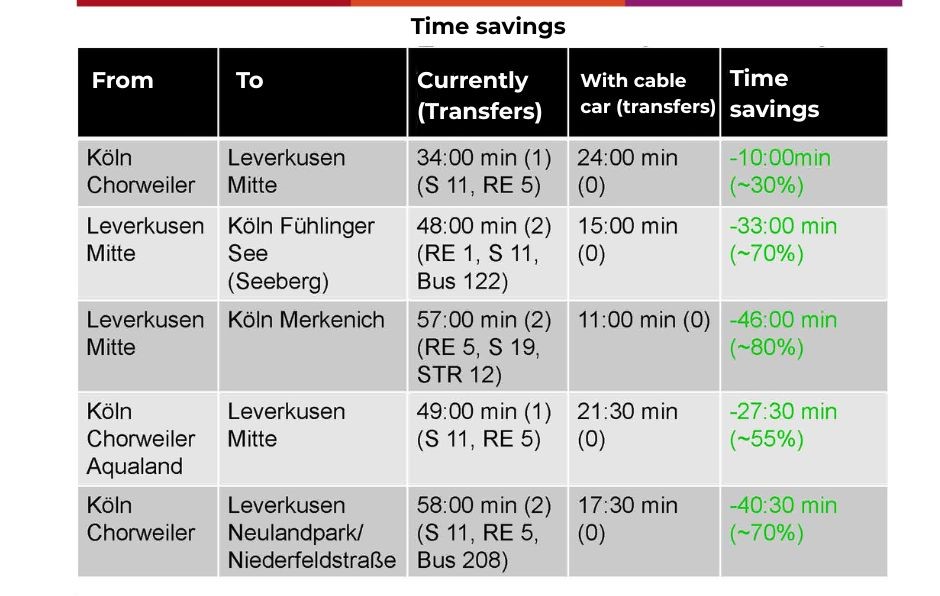
For the route alignment, Moritz Kampschulte based his work on designs from Urban Netways and evaluated several options using simulation software. It was important to him that the cable car would only pass over public spaces.
When comparing different systems, a dual-cable gondola with a high cable guide proved to be the most suitable, as it can easily cover long distances.
He selected cabins for 10 to 15 passengers, which are fully accessible and suitable for carrying bicycles. With increased demand, this setup could transport up to 5,000 people per hour in each direction.
His initial cost estimates range from €80 to €125 million.
Route Options.
Preferred option (white) and alternatives developed by Urban Netways. Moritz Kampschulte examined additional options and confirmed the white preferred option, including the stations, with only minor modifications.

Station architecture for Cologne Chorweiler
Architecture student Vincent Weisbrod explored how cable cars can meaningfully complement urban mobility and city design, and he designed a station for Chorweiler Mitte. The station at Liverpooler Platz creates a mobility hub and serves as an open gateway to the district.
It is located on the +1 level, directly next to the tram and S-Bahn stops as well as the bus station. The arched support structure creates a bright, open hall.
The Visualization of the Chorweiler Mitte Station.
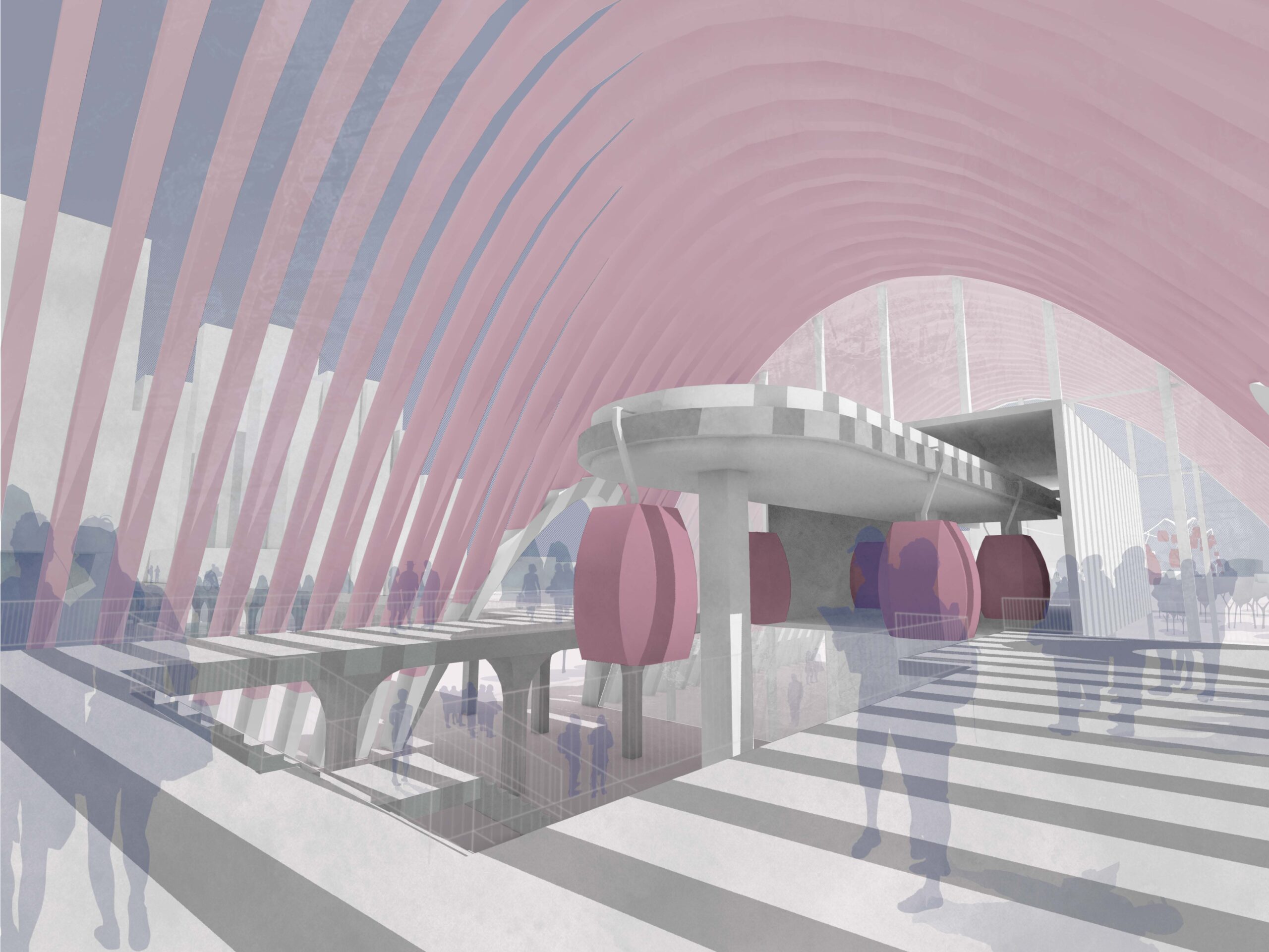
As an additional architectural measure along the cable car route, the supports are intentionally designed.
Their motif is echoed in the design of the bridge supports at the station, creating a sense of identity for both users and local residents.
“The cable car system has the potential to complement our traditional transport systems and make public transport even more attractive for citizens. The students’ theses have impressively demonstrated that cable cars are a highly useful system, particularly for Cologne but also for other major cities. Now it is up to the public and, in particular, policymakers to make the necessary decisions,” said Volker Stölting, transport planner and professor at the Technical University of Cologne.
